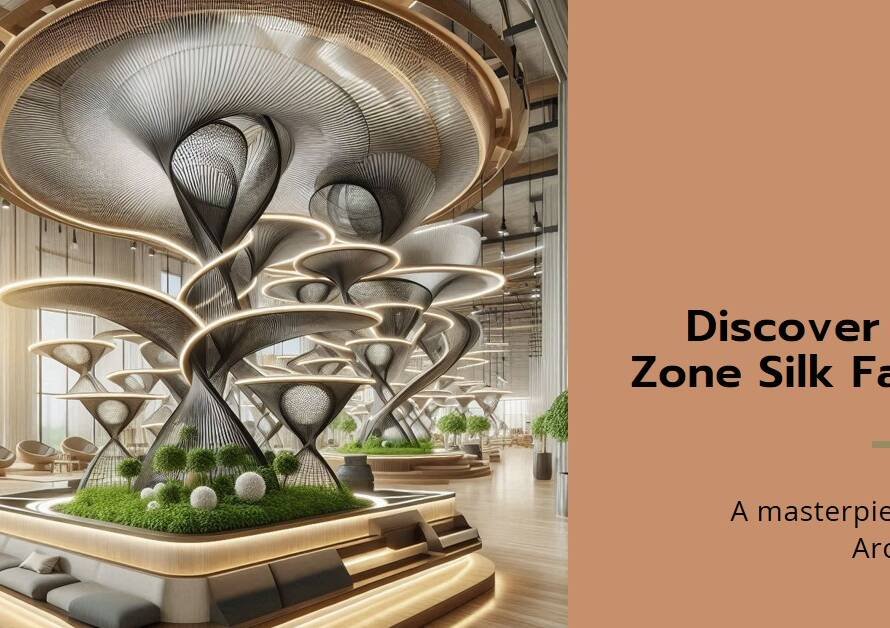
Table of Contents
In the realm of architectural visualization, creating a stunning 3D exterior is an art that demands precision and expertise. Yet, even the most skilled designers can fall victim to common pitfalls that compromise the final result. In this comprehensive guide, we’ll delve into the nuances of 3D exterior design, highlighting mistakes to avoid and offering valuable insights to elevate your work to new heights.
Section 1: The Foundation of Flawless Design
When crafting a 3D exterior, the foundation is paramount. One of the most prevalent mistakes is neglecting the importance of accurate measurements and proportions. An exterior design that lacks precision in these fundamental aspects can lead to unrealistic and jarring visuals. It’s essential to invest time in meticulous planning and ensure that every element is aligned with the architectural blueprint.
Moreover, attention to detail extends beyond dimensions. Paying careful consideration to the surrounding environment, landscaping, and weather conditions is crucial for a cohesive and realistic 3D exterior. A design that seamlessly integrates these elements not only captivates the viewer but also establishes a sense of authenticity.
Section 2: Lighting: The Luminary Key
In the realm of 3D exterior design, lighting is the luminary key that can either elevate or mar your creation. A common mistake is underestimating the significance of realistic lighting scenarios. Lackluster or overly dramatic lighting can distort the intended atmosphere, making the exterior appear artificial.
To avoid this pitfall, leverage advanced lighting techniques and tools. Embrace the interplay of natural and artificial light sources to achieve a balanced and visually appealing result. Experiment with different lighting angles to find the sweet spot that accentuates the architectural features and creates a harmonious ambiance.
Section 3: Texture Tumult: Finding Balance
Texture is the tactile soul of a 3D exterior, but achieving the perfect balance can be challenging. Some designers make the error of overwhelming the scene with an excess of textures, leading to a chaotic and cluttered visual experience. To avoid texture tumult, opt for a selective and purposeful approach.
Choose textures that complement the architectural style and serve a functional purpose. Harmonize materials with the surrounding environment, ensuring coherence in the design narrative. By striking the right balance, you’ll create a 3D exterior that is not only visually stunning but also tactically gratifying.
Section 4: Beware of Oversimplification
While complexity can be a stumbling block, oversimplification is equally perilous. Some designers make the mistake of stripping away too many details in an attempt to create a minimalist 3D exterior. This approach often results in a lackluster and uninspiring visual representation.
Strike a delicate balance between simplicity and complexity. Preserve the essential details that define the architectural character while removing unnecessary elements that may distract from the overall design. The goal is to achieve a refined simplicity that enhances the visual appeal without sacrificing the intricacies that make the exterior memorable.
Section 5: The Pinnacle of Realism: Avoiding Unnatural Perspectives
Perspective is the lens through which your 3D exterior is perceived. A common mistake is adopting unnatural perspectives that distort the viewer’s perception of space and scale. Be mindful of camera angles and ensure they align with the intended narrative and purpose of the design.
Experiment with different perspectives to find the most flattering and authentic angle. Consider the focal points of the exterior and how they interact with the viewer. By avoiding unnatural perspectives, you’ll enhance the realism of your 3D exterior and create a more immersive experience.
Section 6: Color Conundrum: Beyond Aesthetics
The allure of vibrant colors can be tempting, but succumbing to a color conundrum is a prevalent mistake in 3D exterior design. While aesthetics are crucial, the color palette should also consider the architectural context, environmental factors, and the emotional response intended for the viewer.
Choose a color scheme that harmonizes with the surroundings and conveys the desired mood. Avoid clashing colors that detract from the architectural features, and instead, let the color palette enhance the overall visual impact. Striking the right balance in color selection is pivotal for a cohesive and impactful 3D exterior.
Section 7: Reflections and Refractions: Water and Glass Realism
Incorporating water elements and glass features can add sophistication to a 3D exterior, but achieving realistic reflections and refractions is a common stumbling block. Some designers neglect these subtleties, resulting in an artificial and unconvincing portrayal.
Invest time in perfecting the reflections on water surfaces and the refractions through glass elements. Utilize specialized tools and techniques to emulate the interplay of light with these materials, ensuring a level of realism that enhances the overall quality of your 3D exterior design.
Section 8: Overcoming Rendering Pitfalls
Rendering is the crucible where the elements of your 3D exterior come to life, and yet, many designers fall victim to rendering pitfalls. Insufficient rendering settings, low-quality textures, and hasty output can compromise the final result.
Prioritize rendering settings that align with the intricacies of your design. Opt for high-quality textures that withstand close scrutiny, and exercise patience in the rendering process to ensure a polished and refined outcome. By overcoming rendering pitfalls, you’ll unveil the true potential of your 3D exterior.


Section 9: Continuous Learning and Adaptation
In the ever-evolving landscape of 3D design, stagnation is the ultimate mistake. Embrace a mindset of continuous learning and adaptation. Stay abreast of emerging trends, tools, and techniques that can enhance your 3D exterior designs. Attend workshops, engage with the design community, and be open to refining your skills.
Remember, the pursuit of perfection is a dynamic journey. By avoiding common mistakes and committing to constant improvement, you’ll not only craft flawless 3D exteriors but also leave an indelible mark on the world of architectural visualization.


